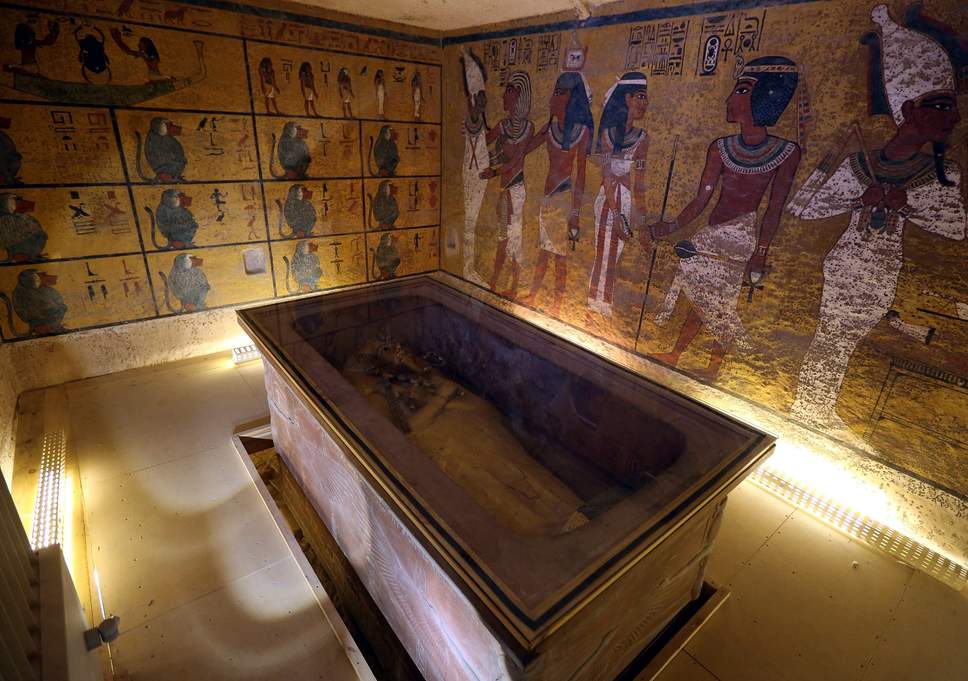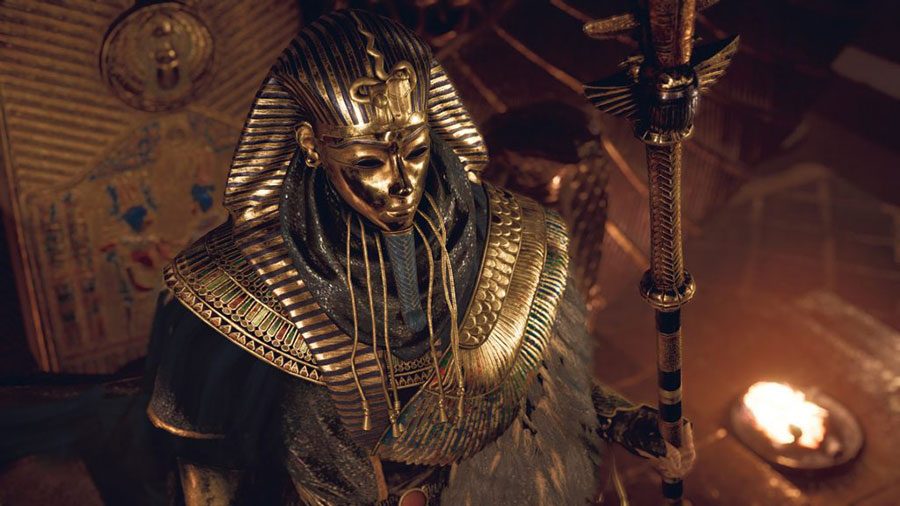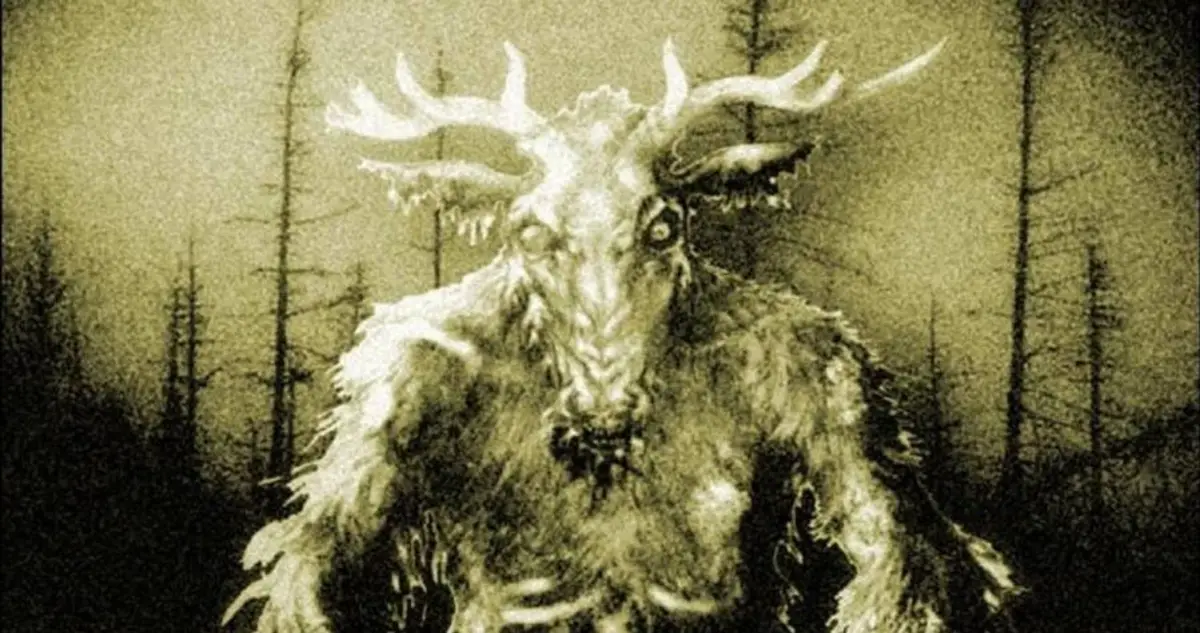The curse of the Pharaohs, or the Mummies, is one that every archaeologist has heard of, and many take heed of too.
Referring to the fact that anyone who disturbs the tomb of a pharaoh would be cursed for evermore, the curse of the pharaoh may well have been brought about to dissuade tomb robbers from trying their luck, but it’s been around for several centuries now.
Of course, the ancient Egyptians held great belief in curses and their power, and they believed that they could cause everything from sickness to death, loss of a loved one, loss of power, or loss of a fortune.
However historians have long debated whether the curse of the pharaohs is effective in the modern world, or whether it is simply just a tale from a long gone civilisation. After all, a pharaoh dead several hundred years wouldn’t know the difference between a tomb robber and an archaeologist!
A Closer Look at the Curse
The curse of the pharaoh stated that their burial sites should be left untampered with, and that the mummies that resided in them held dark and disturbing qualities that would possess anyone who disturbed them.
These curses were most popular in the tombs of the Old Kingdom Era and have been found on walls, on false doors, on statues, and on coffins. Both the Tomb of Khentika Ikhekhi and tomb of Ankhtifi have curses on them, and they include an extensive list of punishments that would occur to anyone who disturbed them.
The Curse of Tutankhamun’s Tomb
The most famous of all of the curses of the pharaohs is the curse of Tutankhamun. The hunt for his tomb had been lengthily as he was buried at the bottom of a valley, so when Howard Carter and his crew discovered it in 1922, there was great cause for celebration.
It was the equivalent of winning the jackpot playing Bingo Canada several times over.

The tomb of Tutankhamun was protected by a curse and on the door was an inscription that warned that anyone who disturbed the pharaohs ‘sleep’ would suffer the consequences. On the day of the discovery of the tomb, a cobra killed Carter’s pet canary, and six weeks after opening of the pharaoh’s tomb, Lord Carnarvon died from Malaria.
The death and destruction didn’t end there though, Sir Bruce Ingram, who had been given a mummified hand with a curse inscribed on it lost his house in a fire, and soon after it was rebuilt it was washed away in a freak, flash flood.
Si Archibald, who had X-rayed the mummy, died mysteriously shortly thereafter and Richard Luttrell, one of Carter’s men, threw himself out a window and committed suicide.
Carter himself died of lymphoma 17 years after his discovery of Tutankhamun’s tomb, so many believe he was not directly affected, but the number of deaths and strange and unpleasant occurrences that befell many of the men on his team led to the belief that the pharaohs curse could well hold some weight.



